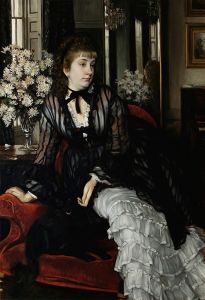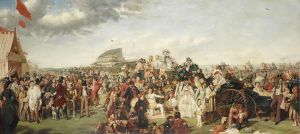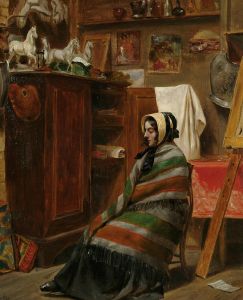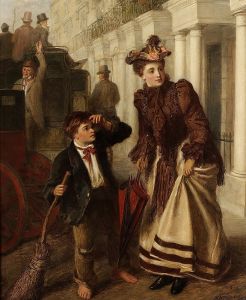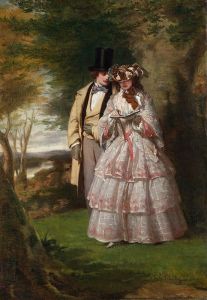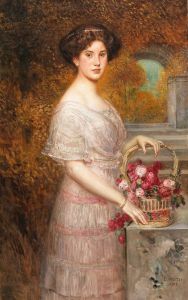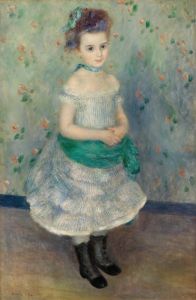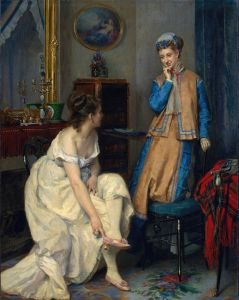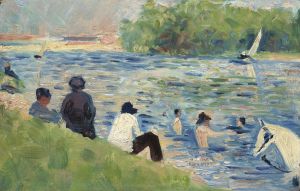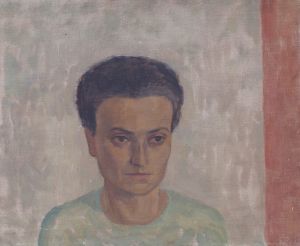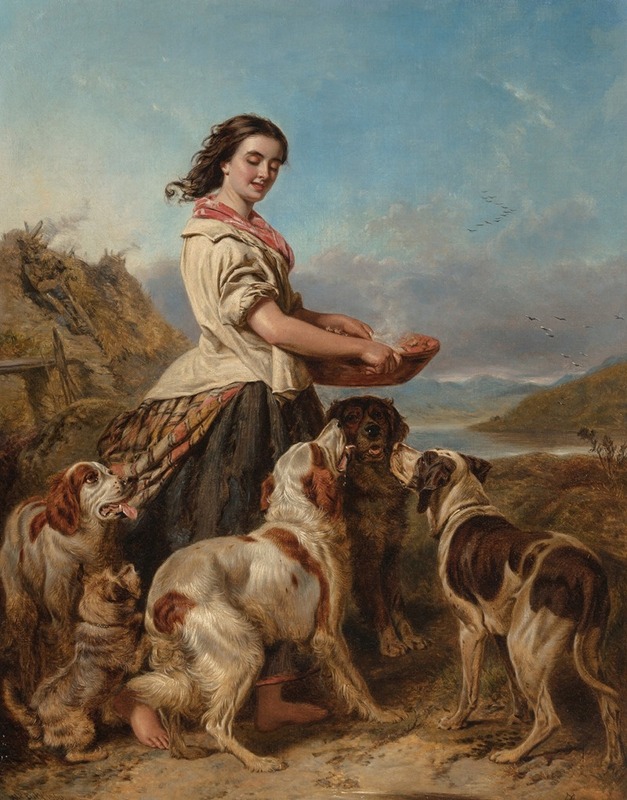
The gamekeeper’s daughter
A hand-painted replica of William Powell Frith’s masterpiece The gamekeeper’s daughter, meticulously crafted by professional artists to capture the true essence of the original. Each piece is created with museum-quality canvas and rare mineral pigments, carefully painted by experienced artists with delicate brushstrokes and rich, layered colors to perfectly recreate the texture of the original artwork. Unlike machine-printed reproductions, this hand-painted version brings the painting to life, infused with the artist’s emotions and skill in every stroke. Whether for personal collection or home decoration, it instantly elevates the artistic atmosphere of any space.
William Powell Frith's painting "The Gamekeeper’s Daughter" is a notable work by the English artist, renowned for his detailed and narrative-driven style. Frith, born in 1819 and passing in 1909, was a prominent figure in Victorian art, celebrated for his ability to capture the essence of 19th-century British society through his paintings. His works often depicted scenes of everyday life, infused with a sense of storytelling that made them accessible and engaging to a broad audience.
"The Gamekeeper’s Daughter," completed in 1857, is a fine example of Frith's skill in genre painting, a style that focuses on scenes from everyday life. This painting reflects Frith's interest in the social dynamics and class distinctions of his time, a recurring theme in his body of work. The painting portrays a young woman, the daughter of a gamekeeper, a position traditionally responsible for managing game and wildlife on large estates, often for hunting purposes.
In the painting, the gamekeeper’s daughter is depicted in a rural setting, which is characteristic of Frith's attention to detail and his ability to create a vivid sense of place. The landscape and the attire of the subject are rendered with meticulous care, showcasing Frith's dedication to realism and his interest in the nuances of social roles and occupations. The young woman's expression and posture suggest a narrative, inviting viewers to ponder her story and her place within the social hierarchy of the time.
Frith's work is often compared to that of the Pre-Raphaelites, a group of artists known for their vibrant colors and attention to detail, although Frith himself was not a member of this movement. His paintings, including "The Gamekeeper’s Daughter," are noted for their narrative quality and their ability to capture the subtleties of human interaction and social commentary.
"The Gamekeeper’s Daughter" is part of a larger tradition of Victorian art that sought to reflect and critique the social structures of the time. Frith's ability to weave a narrative into his paintings made his work particularly popular during his lifetime, and his paintings continue to be studied for their historical and artistic significance.
While "The Gamekeeper’s Daughter" may not be as widely recognized as some of Frith's other works, such as "The Derby Day" or "The Railway Station," it remains an important piece within his oeuvre, exemplifying his talent for storytelling through art and his keen observation of the world around him. The painting is a testament to Frith's enduring legacy as a chronicler of Victorian life, capturing the complexities and nuances of a rapidly changing society.





